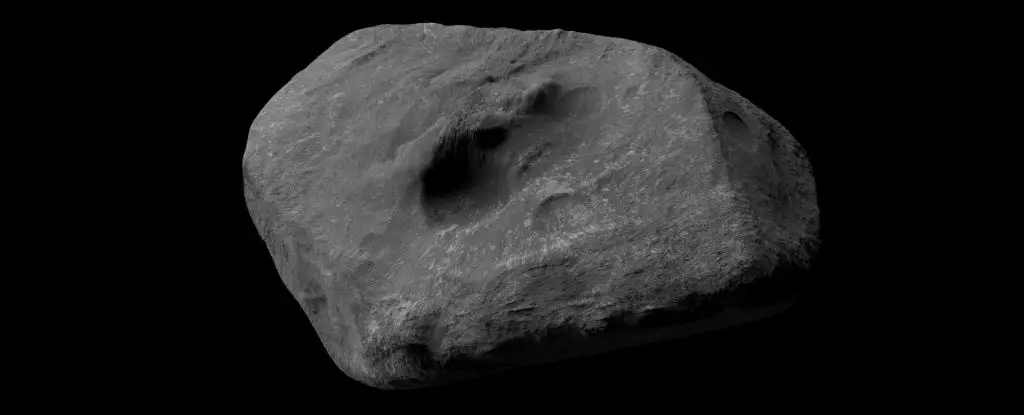Asteroid 2024 YR4 burst onto the astronomical scene on December 27, 2024, sending shockwaves through the scientific community and the public alike. This celestial body seemed to emerge from the void, prompting questions not only about its existence but also about its origins and potential implications. While its sudden appearance might suggest a spontaneous event, the reality is more complex. Astronomers have traced its origins back to the central region of the main asteroid belt, nestled between Mars and Jupiter. Intriguingly, gravitational forces, specifically from Jupiter, likely nudged this rock on its journey toward Earth, leading to its unexpected revelation to humanity.
Understanding 2024 YR4’s Composition
The discovery of 2024 YR4 has opened up a treasure trove of knowledge regarding its physical characteristics and composition. Researchers, led by astronomer Bryce Bolin from Eureka Scientific, utilized powerful telescopes like the W.M. Keck and Gemini South to scrutinize the asteroid in minute detail. Their observations revealed that this rock rotates once every twenty minutes—an interesting fact that hints at its dynamic nature. Moreover, the asteroid’s peculiar flattened shape resembles that of a hockey puck, diverging from the more common potato-like or irregular forms typically observed in other asteroids. This flattening may indicate a unique formation process, which could have significant implications for understanding similar celestial bodies.
The Planetary Threat Landscape
Initially, 2024 YR4 raised alarms regarding its potential impact on Earth, with scientists firing up their theoretical models and simulations to assess the threat level. Fortunately, while the asteroid traversed past Earth, further analysis revealed that it did not pose a significant risk. The trajectory data indicated a low likelihood of a collision during its next approach in 2032. Nevertheless, there’s an unsettling note: the Moon could still be in jeopardy, with a low probability of impact.
The term “city killer” has been bandied about in connection with 2024 YR4, a moniker that should not be taken lightly. This designation underscores the asteroid’s potential for widespread devastation—an unfortunate scenario that would be catastrophic if it were to collide with Earth. Thus, studying such objects is paramount for planetary defense initiatives, which aim to understand the nature of these celestial threats and develop appropriate response strategies.
The Science of Impact Mitigation
The expedition to learn more about 2024 YR4 is not merely an academic exercise. The characteristics gleaned from this asteroid—its density, shape, and composition—are pivotal for strategizing potential deflection techniques. According to Bolin, knowledge about the structure of the asteroid informs how much effort would be needed to mitigate the threat should the asteroid ever trajectory toward our planet.
Asteroids typically categorize into various types based on their composition: carbonaceous, silicate, and others. The observations suggest that 2024 YR4 falls into the category of S-type asteroids, known for being denser and composed primarily of metallic silicate materials. This classification allows scientists to tailor their impact response plans specifically to 2024 YR4 and similar asteroids. Understanding such intricacies could be the key to developing effective deflection techniques or strategies for mitigating risk.
The Ongoing Journey of Discovery
The excitement does not end with the current understanding of 2024 YR4. As this celestial wanderer continues its trajectory, researchers remain poised to unravel more mysteries. The ongoing observations will provide insights not just into this specific asteroid, but also into the broader sphere of potentially hazardous asteroids that sporadically appear on our astronomical radar. Given that asteroids can often arrive in our vicinity unexpectedly, refining our rapid response capabilities remains an ongoing requirement for planetary defense.
As illustrated through the journey of 2024 YR4, scientific exploration offers a window into the cosmos that is vital for both our understanding and our safety. The thrill lies not just in watching the skies but in deciphering the stories hidden within these cosmic travelers. Each asteroid tells a tale—one that could alter our perceptions of risk and resilience in the face of unpredictable cosmic events. Through dedicated research, we edge closer to mastering the enigmatic dance of these ancient rocks that traverse the vastness of space.


Leave a Reply